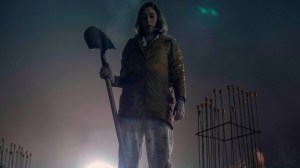A visionary creation from Tim Miller and executive produced by David Fincher, Love, Death & Robots has earned widespread acclaim for its incredible diversity, seamlessly blending genres from dark comedy and visceral horror to expansive science fiction and intricate fantasy. What truly sets Love, Death & Robots apart is its unique production model, as episodes are crafted by different animation studios. This approach results in a constantly evolving and often breathtaking visual style, ensuring that nearly every short film delivers a distinct and memorable aesthetic experience. It also allows Love, Death & Robots to serve as a broad stage for innovative storytelling concepts and animation techniques, creating a rich tapestry of narratives that push creative boundaries.
Videos by ComicBook.com
Identifying the definitive “best” episodes within Love, Death & Robots presents a unique challenge, as the anthology nature means quality can vary significantly from one short to the next. Unlike traditional television series that rely on overarching narratives and consistent character development, Love, Death & Robots‘ strength lies in its standalone experiences, each designed to deliver a complete story within its limited runtime. Still, some episodes of Love, Death & Robots represent the pinnacle of the series’ creative output, showcasing its most compelling narratives, groundbreaking animation, and profound thematic explorations.
10) “The Secret War” (Season 1, Episode 18)

“The Secret War” plunges viewers into the frozen expanse of the Siberian wilderness during World War II, where a unit of Red Army soldiers faces an enemy far more terrifying than any human foe. This episode, animated with breathtaking photorealism by Digic Pictures, depicts a desperate last stand against grotesque demonic creatures summoned by dark rituals. The sheer scale of the conflict and the overwhelming power of the otherworldly entities create a palpable sense of dread and hopelessness. As a result, “The Secret War” is a visceral depiction of warfare amplified by a supernatural horror element.
The episode masterfully builds tension, showcasing the soldiers’ dwindling numbers and their courageous, yet ultimately futile, attempts to hold the line. “The Secret War” stands out for its unflinching portrayal of sacrifice and the grim realities of a battle against an incomprehensible evil. Its powerful visuals and somber tone deliver a harrowing and memorable conclusion to the first season of Love, Death & Robots, etching its nightmarish imagery into the minds of viewers.
9) “Pop Squad” (Season 2, Episode 3)

“Pop Squad” presents a chillingly sleek dystopian future where humanity has achieved a form of immortality, but at a terrible cost: procreation is strictly forbidden. The episode follows Detective Briggs, a law enforcement officer whose grim duty is to eliminate “breeders” and their illegal offspring. This segment from Blur Studio paints a visually striking world, contrasting the opulent, sterile lives of the eternally youthful with the hidden, vibrant pockets where families dare to exist. Because of that, the narrative forces a confrontation with deeply unsettling ethical questions.
The emotional weight of “Pop Squad” rests on Briggs’ internal conflict as he grapples with the morality of his actions and the emptiness of a society that has traded new life for endless existence. This episode is a standout for its potent blend of classic noir sensibilities and a deeply resonant science fiction premise. It masterfully explores themes of societal control, the value of life, and the psychological toll of enforcing inhumane laws, making it a haunting and thought-provoking piece within the Love, Death & Robots collection.
8) “Good Hunting” (Season 1, Episode 8)
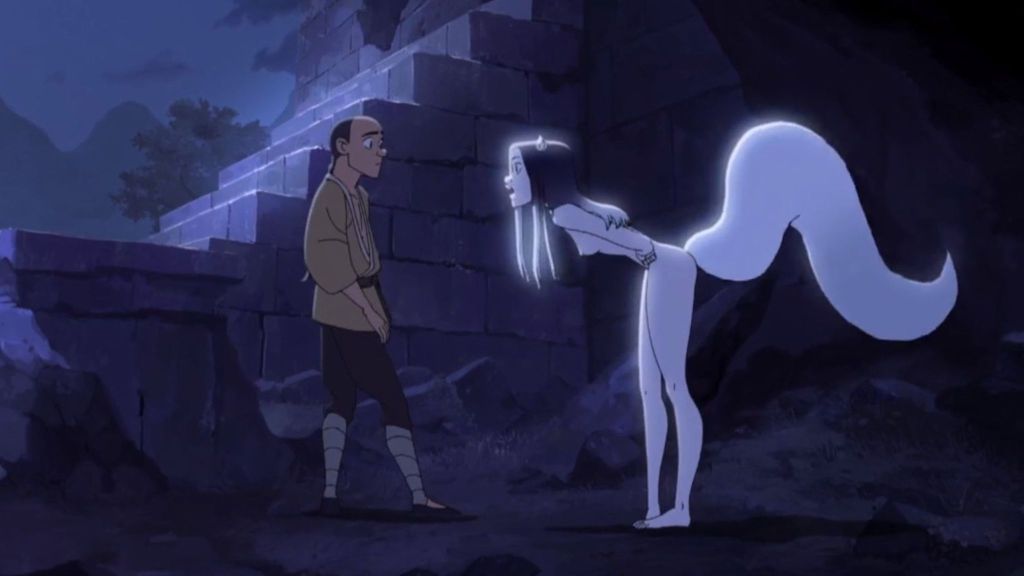
“Good Hunting” offers a beautifully animated tale that seamlessly blends Chinese folklore with steampunk aesthetics, creating a truly unique narrative. The episode, brought to life by Red Dog Culture House, begins in rural early 20th-century China, following Liang, the son of a spirit hunter, and Yan, a Huli jing (a shapeshifting fox spirit). Their unlikely bond forms amidst a world where magic is fading under the encroaching shadow of industrialization and colonialism, with the visual style evolving to reflect the changing times.
[RELATED: 5 Sci-Fi Shows to Watch After Netflix’s Love, Death & Robots]
As the narrative shifts to a steam-powered Hong Kong, Yan finds herself a victim of this new world, her magical nature exploited and perverted. Liang, now an engineer, uses his skills to help her reclaim her power and exact revenge, transforming her into a metallic avenger. “Good Hunting” is a powerful exploration of adaptation, loss, and the enduring strength of connection in a rapidly changing world. Its artistry and storytelling depth make it a captivating entry in the Love, Death & Robots saga, showcasing a masterful fusion of disparate genres.
7) “Three Robots” (Season 1, Episode 2)

“Three Robots” provides a refreshingly humorous and insightful look at a post-apocalyptic Earth, entirely devoid of humans. The episode follows three distinct robotic tourists as they explore the ruins of a human city. Animated by Blow Studio, this segment uses witty dialogue and clever observations to satirize human behavior, consumerism, and our ultimate demise, all from the detached perspective of our AI successors.
The charm of “Three Robots” lies in its character dynamics and the darkly comedic way it unpacks humanity’s legacy, from our obsession with pets (particularly cats, who survived and thrived) to our peculiar social rituals. It’s a surprisingly lighthearted take on extinction, offering laughs alongside sharp commentary. This episode quickly became a fan favorite for its originality and endearing robot protagonists, proving that Love, Death & Robots can deliver compelling stories through humor just as effectively as through horror or drama. Its enduring popularity led to it being the only short in the series to receive a direct sequel.
6) “The Witness” (Season 1, Episode 3)

“The Witness” is an electrifying and visually audacious piece of filmmaking from director Alberto Mielgo, known for his distinctive animation style. The episode thrusts viewers into a relentless chase through a hyper-stylized urban landscape after a woman witnesses a murder from her apartment window. What follows is a breathless pursuit as she flees the killer, the narrative spiraling into a disorienting and intense cat-and-mouse game. Furthermore, the animation itself is a character, with fluid movements and an almost psychedelic aesthetic.
This episode pushes artistic boundaries, employing a unique visual language that is both beautiful and unsettling. In addition, “The Witness” explores themes of perception, voyeurism, and cyclical violence, culminating in a mind-bending twist that leaves audiences questioning the nature of what they’ve seen. Its raw energy, bold art direction, and challenging narrative structure make it one of the most talked-about and artistically significant entries in Love, Death & Robots, showcasing the anthology’s commitment to diverse and provocative voices.
5) “Sonnie’s Edge” (Season 1, Episode 1)

Serving as the explosive opening statement for the entire Love, Death & Robots anthology, “Sonnie’s Edge” immediately established the series’ penchant for mature themes and visceral action. The episode, animated by Blur Studio, introduces viewers to a world of underground “beastie” fights, where combatants telepathically control genetically engineered monsters in brutal arena combat. The protagonist, Sonnie, is a formidable fighter with a traumatic past, driven by a fierce desire for control and survival.
“Sonnie’s Edge” captivates with its gritty atmosphere, impressive creature designs, and intense fight choreography. The narrative delves into themes of revenge, exploitation, and the psychological scars of violence, all culminating in a shocking and satisfying twist that recontextualizes Sonnie’s motivations. This episode set a high bar for Love, Death & Robots, showcasing its potential for complex characters and compelling storytelling within the animation medium.
4) “Beyond the Aquila Rift” (Season 1, Episode 7)
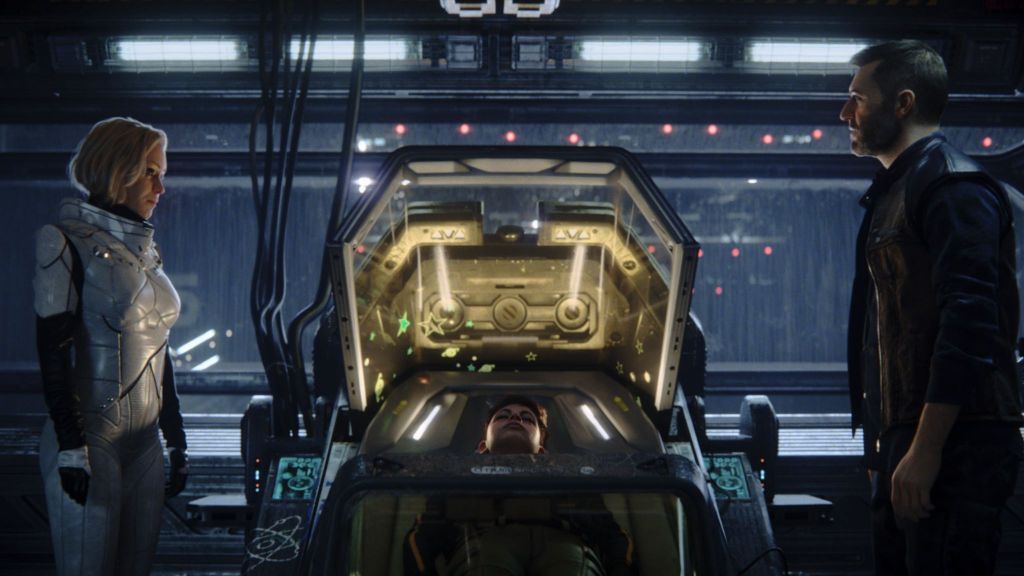
“Beyond the Aquila Rift” is a stunning and deeply unsettling piece of science fiction horror that showcases the incredible potential of photorealistic CGI animation. Produced by Unit Image, the episode follows the crew of a spaceship who, after a routing error during a long-haul hypersleep journey, find themselves stranded light-years off course at a mysterious space station. The captain, Thom, awakens to find an old flame, Greta, managing the station, leading to a disorienting blend of familiarity and unease.
The episode masterfully builds an atmosphere of dread and mystery, as Thom grapples with the impossible situation and the increasingly strange reality he finds himself in. “Beyond the Aquila Rift” explores themes of isolation, the fragility of perception, and the desperate human need for connection, even in the face of terrifying truths. Its devastating and nightmarish final reveal is one of the most impactful moments in the entire Love, Death & Robots series, cementing its status as a masterpiece of cosmic horror and psychological storytelling.
3) “Zima Blue” (Season 1, Episode 14)
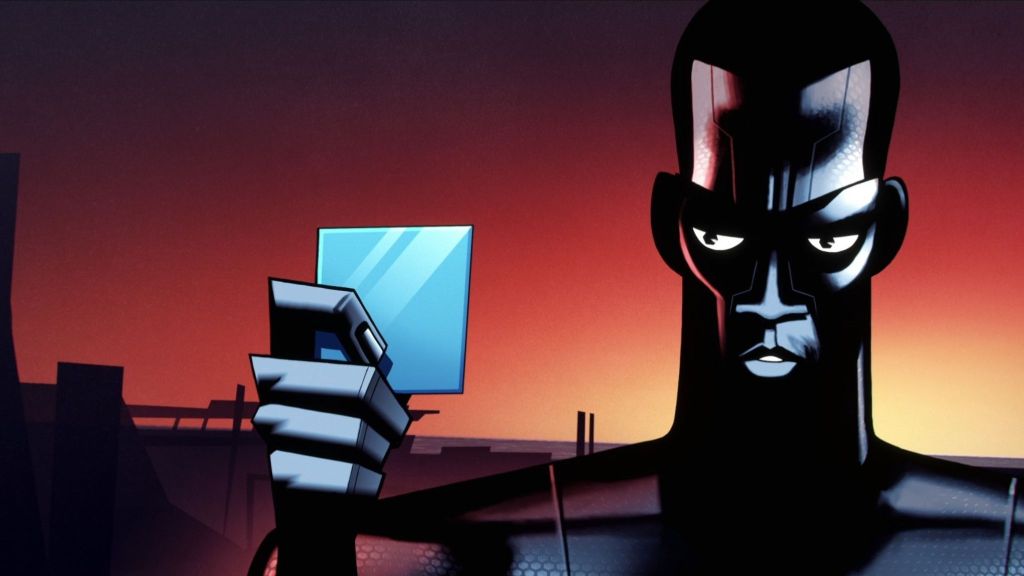
“Zima Blue” stands as one of the most philosophical and artistically profound episodes in the Love, Death & Robots collection, offering a meditative exploration of art, consciousness, and the search for ultimate truth. Animated by Passion Animation Studios with a striking minimalist graphic style, the story centers on the enigmatic and reclusive artist Zima, famous for his colossal cosmic murals that invariably feature a specific shade of blue. The episode kicks off as a journalist is granted a rare interview, tasked with uncovering the mystery behind Zima’s life and his final artwork.
The episode unfolds as a compelling biography, tracing Zima’s evolution from a humble beginning to a cybernetically enhanced being capable of perceiving the universe on a grand scale. “Zima Blue” thoughtfully considers the nature of purpose and the journey towards simplicity, culminating in a deeply moving and unexpected revelation about Zima’s origins and his ultimate desire. Its unique visual language and poignant narrative make it a standout, prompting reflection on what it truly means to understand oneself and one’s place in the cosmos.
2) “Jibaro” (Season 3, Episode 9)
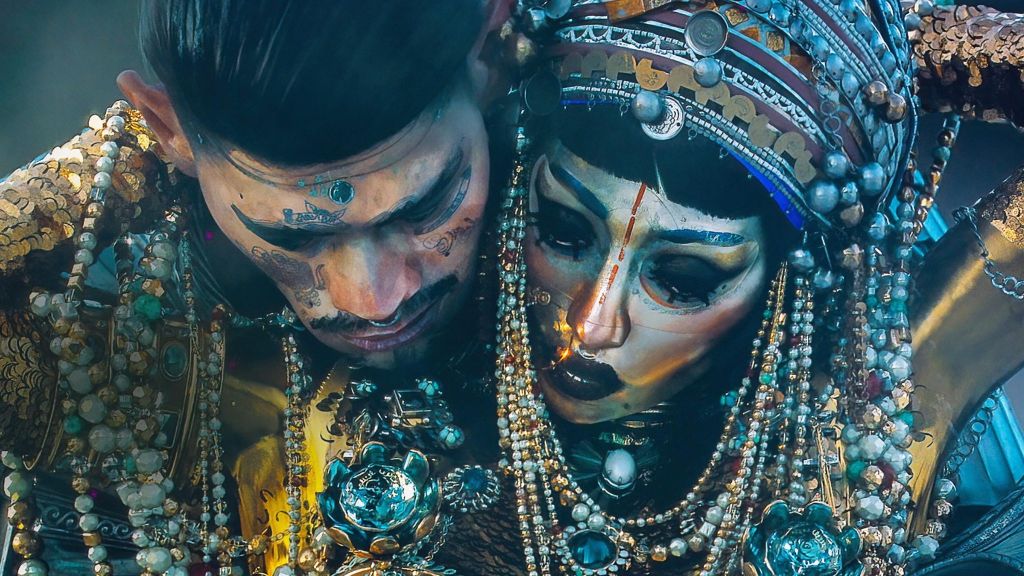
“Jibaro” is an utterly breathtaking and visceral feast for the eyes, a wordless ballet of death and desire from the visionary Alberto Mielgo. This season three highlight utilizes a hyper-realistic animation style to depict a fatal encounter between a troop of conquistador-like knights and a mythical siren adorned in gold and jewels, whose shriek drives men to madness and self-destruction. The central focus becomes the relationship between the siren and a deaf knight, immune to her deadly call but not to the allure of her treasure.
The episode is a masterclass in visual storytelling, conveying its complex themes of greed, obsession, and destructive attraction through stunning choreography and raw emotion. “Jibaro” functions as a powerful allegory, exploring the destructive nature of colonialism and toxic relationships, where communication is absent and desire leads only to ruin. Its sheer artistic ambition and the haunting beauty of its imagery make it an unforgettable and challenging piece of work, solidifying its place as one of the most impactful and innovative shorts Love, Death & Robots has ever produced.
1) “Bad Travelling” (Season 3, Episode 2)

Helmed by legendary director David Fincher, “Bad Travelling” claims the top spot for its masterful blend of suspense, moral complexity, and gripping nautical horror. The episode, animated with gritty photorealism by Blur Studio, follows the crew of a shark-hunting vessel on an alien ocean who find their ship boarded by a monstrous crustacean called a Thanapod. The creature demands passage to a nearby populated island, Phaiden, intending to feed, forcing the ship’s navigator, Torrin, into a series of increasingly desperate and morally compromising decisions to avoid unleashing a monster onto innocent people.
What elevates “Bad Travelling” is its intense focus on character and the brutal pragmatism of survival. Torrin’s ruthless leadership and the grim calculus he employs to save the greater number make for a compelling and ethically challenging narrative. Fincher’s signature tense atmosphere permeates every frame, as mutiny, paranoia, and monstrous threat converge in the claustrophobic confines of the ship. It’s a story of hard choices with no easy answers, showcasing the dark undercurrents of human nature under extreme pressure. This episode is a perfect storm of brilliant direction, stunning visuals, and profound thematic weight, making it the finest offering from Love, Death & Robots.
All four seasons of Love, Death + Robots are currently streaming on Netflix.
Which Love, Death & Robots episode truly captivated you the most? Tell us in the comments!





